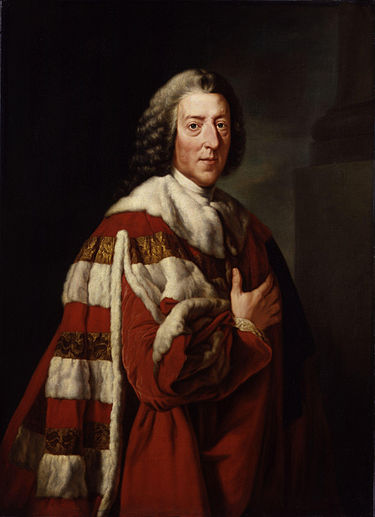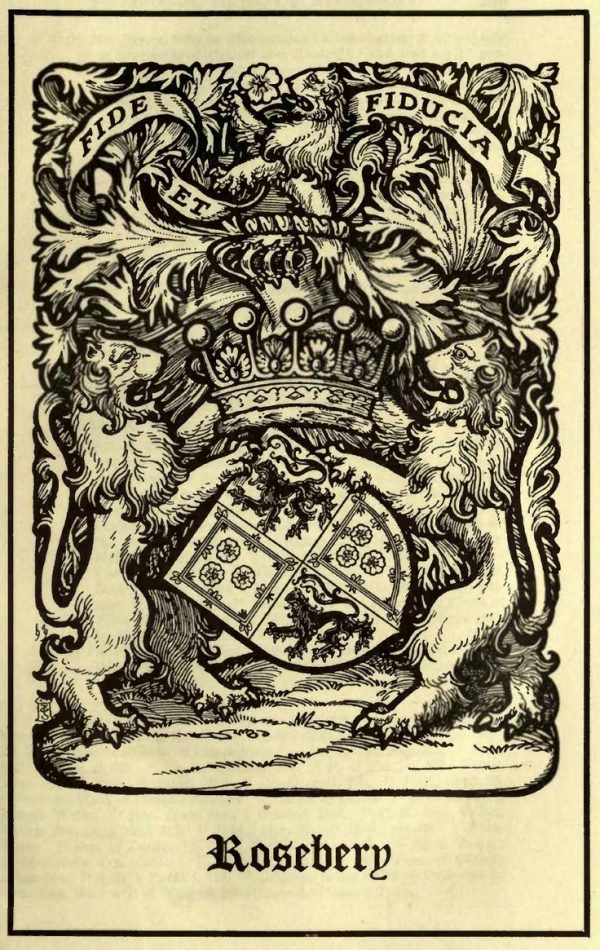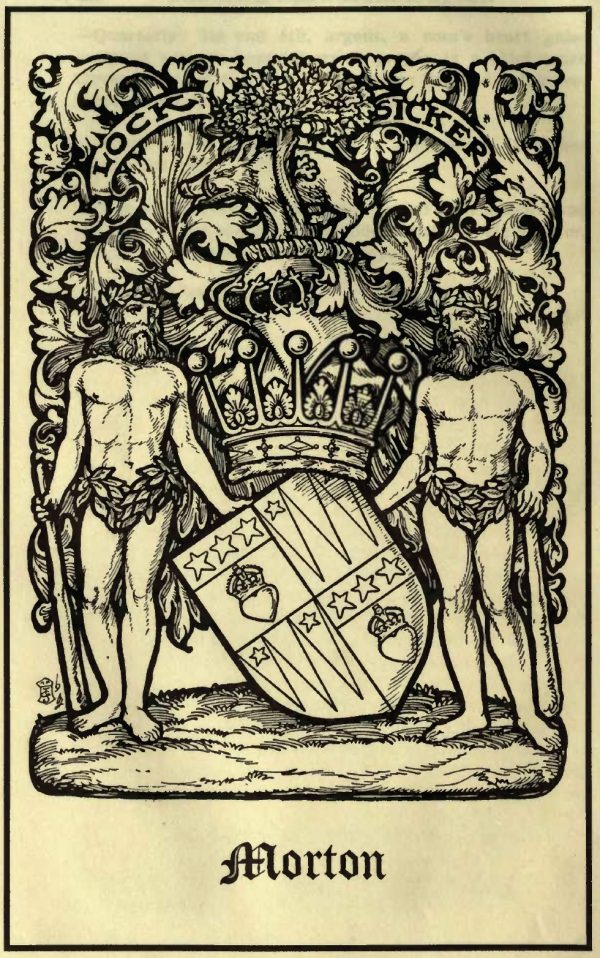Along with the other British peerage titles, an earl is a member of the nobility. The title is lower in rank only to the king, queen and prince – the members of the royalty, the dukes and the marquesses. The title has an Anglo-Saxon origin.
It was found to be akin to the jarl found in Scandinavia, which usually referred to a ‘chieftain’ responsible for ruling a territory in a king’s stead.

The title, however, became obsolete in Scandinavia in the Middle Ages and replaced by the duke. But in Britain, the title of an earl became the equivalent of the continental court.
Table of Contents
The British Nobility and the Peerage
The British Nobility refers to the noble families in the country, which has played a major role in shaping the history of the country.
At present, however, the hereditary peers have no special rights or privileges. The British nobility consists of the titled or untitled nobility and their families.
Peerage
The Peerage is a term that is used to collectively refer to the entire body of peerage titles and to individually refer to a specific title.
Modern British titles including the dignities of the peerage are created directly by the British monarch and take effect as letters patent are affixed with the Great Seal of the Realm.
In the United Kingdom, the Peerage has always been a legalized system and comprised of hereditary and lifetime titles. It has various noble ranks and forms a constituent part of the British honors system. The title holders of the British peerage are termed as peers of the Realm.

All the British subjects who did not belong to the Royalty or Peers of the Realm were termed as Commoners. Thus the members of a peer’s family were technically commoners too, unlike the other nations of Europe.
Though there were privileges offered to the Peers of the Realm, the main distinction that stands today is the title and the style thereby accorded.
The Earl Title and how is he addressed?
The title of the Earl originates from the name of the place sometime and is used as Earl of <Earldom>. However, when the title comes from a surname, the title is referred to as Earl <Surname>. However, he can always be referred to as Lord <Surname> and his wife as Lady <Surname>.
A countess who is in charge of an earldom in her own right also uses the title of Lady, but her husband is not entitled to use any salutations. The eldest son of the earl is entitled to use a courtesy title though he is not a part of the Peerage.
It is usually the highest title lesser than that of his father, while the other children are addressed as The Honourable or Lady.
Earls: Their Role
The Earls had authority over their own regions and the right to judge in the provincial courts. The Earls were responsible for collecting fines and taxes and received a third penny, i.e. a third of the money that they collected.
The Earls also led the armies of the King in the times of war. The earldoms were actually formed by grouping together some shires into larger units.
The earldoms of Mercia, Wessex, East Anglia, and Northumberland were larger than any shire under Edward the Confessor. The names of the earldoms represented earlier independent kingdoms.
What is a Duke
The Earls originally functioned as royal governors. Though the title of the Earl was nominally equal to the continental duke, the Earls were not de facto rulers of the Earldoms in their own right.

Though after the Norman conquest, William the Conqueror initially ruled England using the traditional system, he eventually modified it according to his own liking. The shires were the largest secular subdivision in England and earldoms had disappeared.
The Normans are not known to have created new earls like Shropshire, Herefordshire, and Cheshire, but they were associated with a single shire. The power was limited to the counts and the administrative subdivision was limited to shires.
King Stephen had again increased the number of earls to reward those who were loyal to him and even allowed them to hold the right to castles and control the sheriff.
But his successor Henry II curtailed the power of the Earls and even took back the power to hold castles and even demolished the ones that had been built.
An Earl and His Role
There had always been a connection between the earls and the shires since the time authority had moved over to the sheriffs. Thus every earl had an association was some shire.
Thus due to the association of earls and shires, the medieval practice of using names loosely could be used. Referring to an Earl by the shire, the county town of the shire or some other prominent place implied the same.